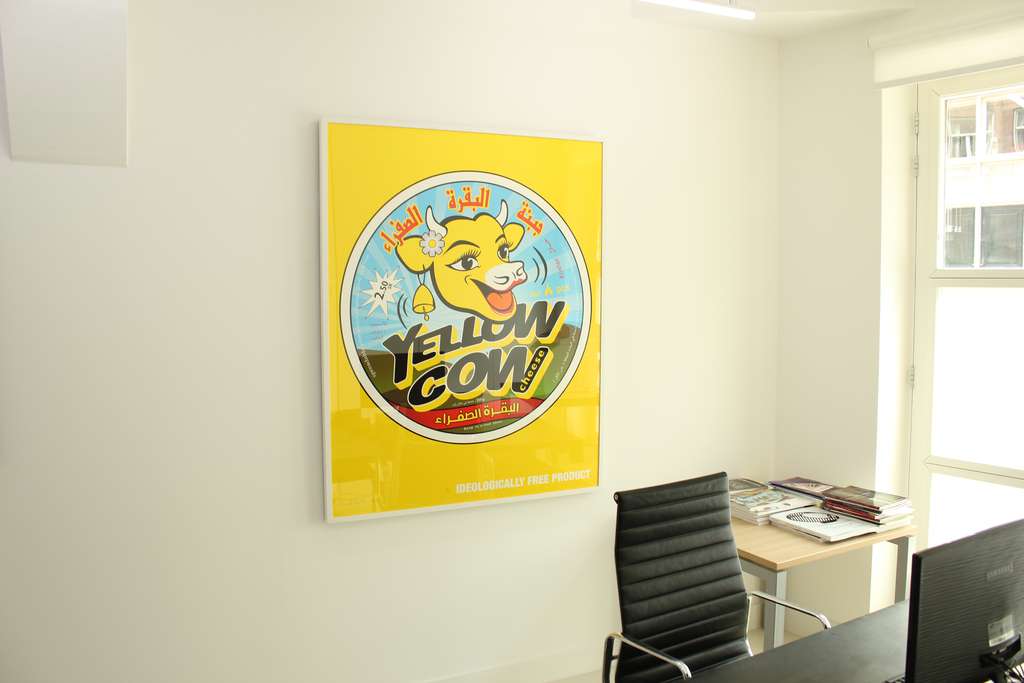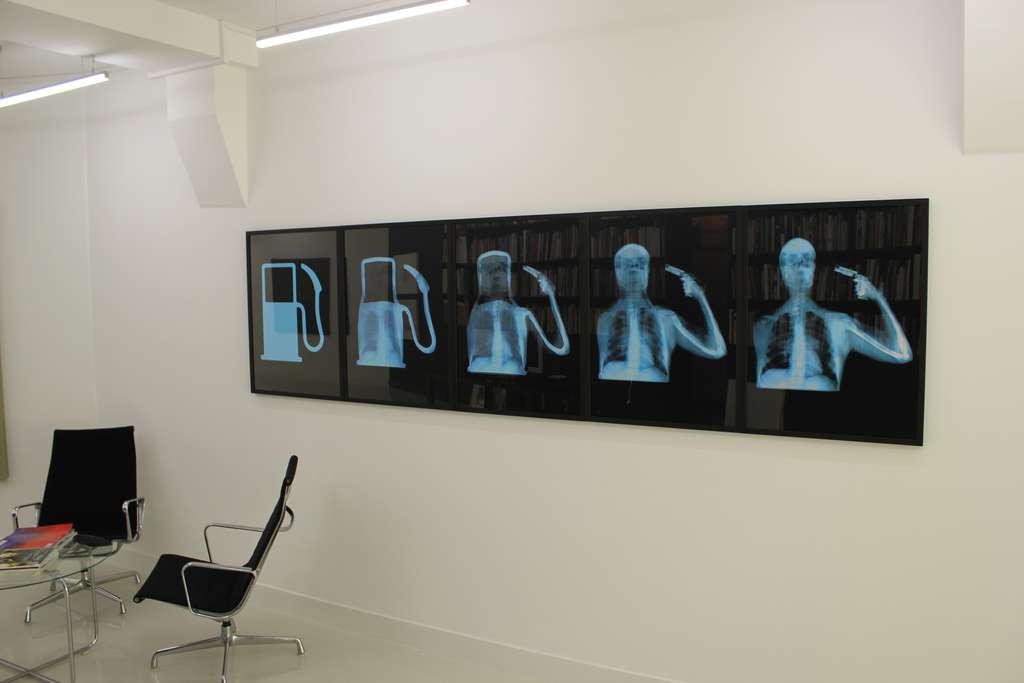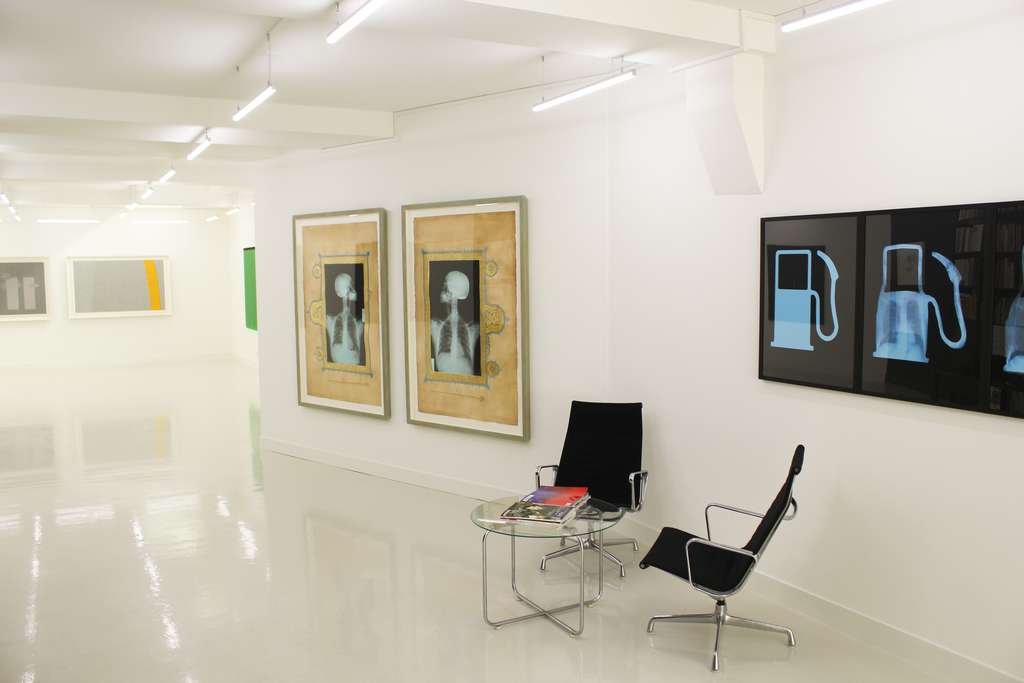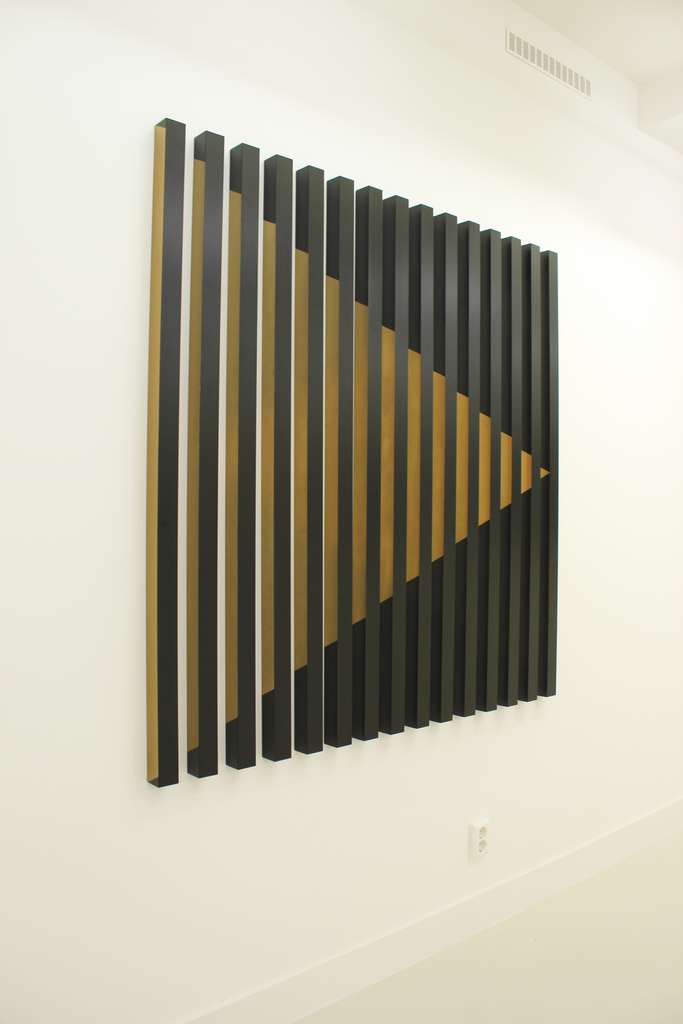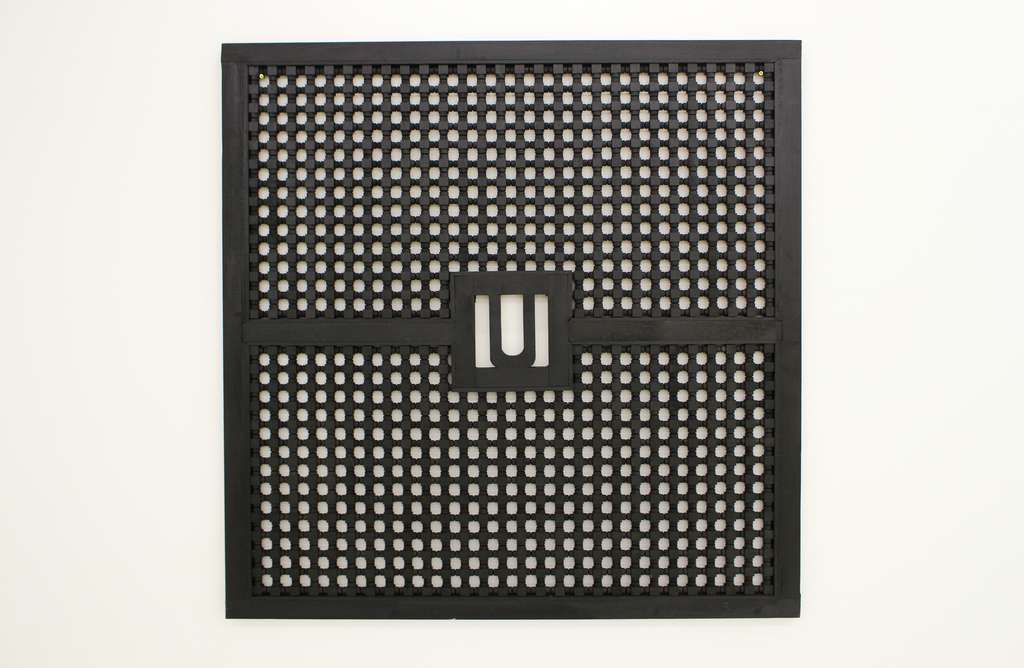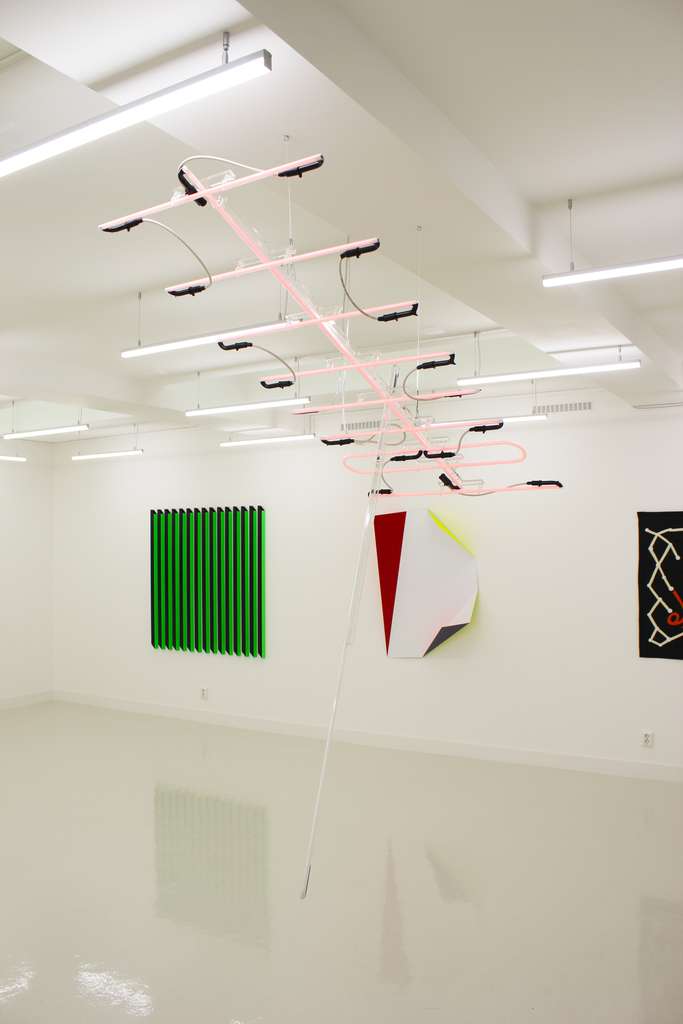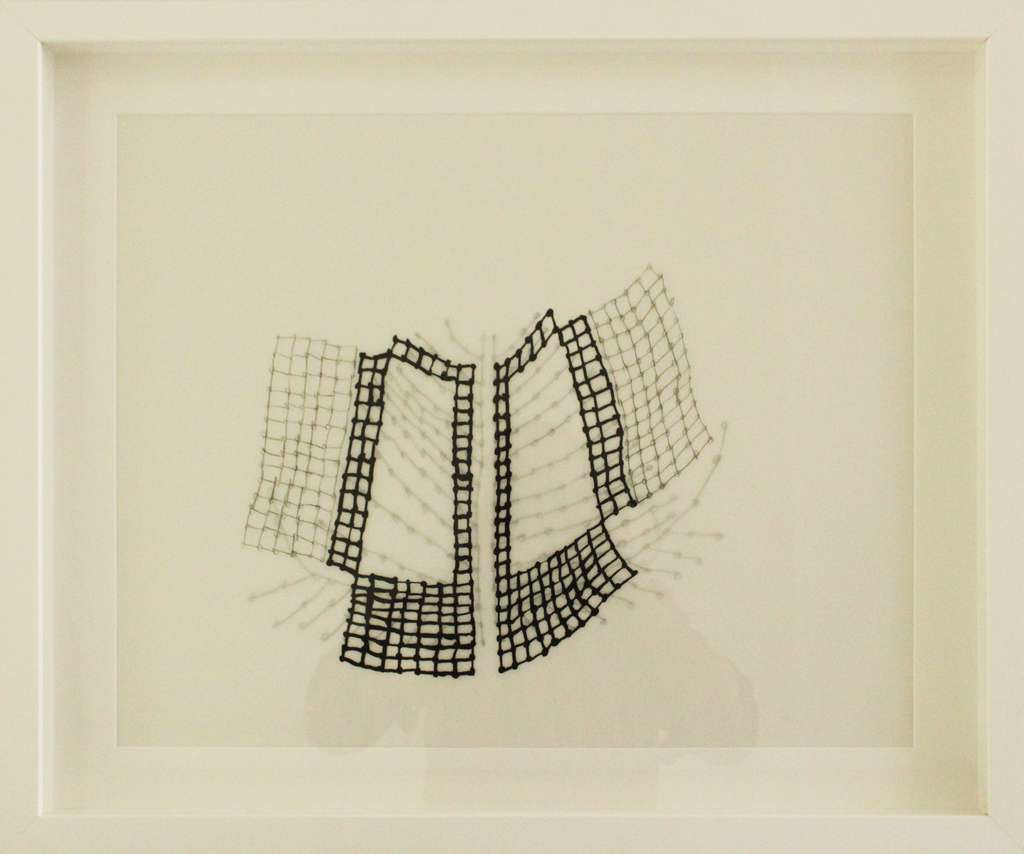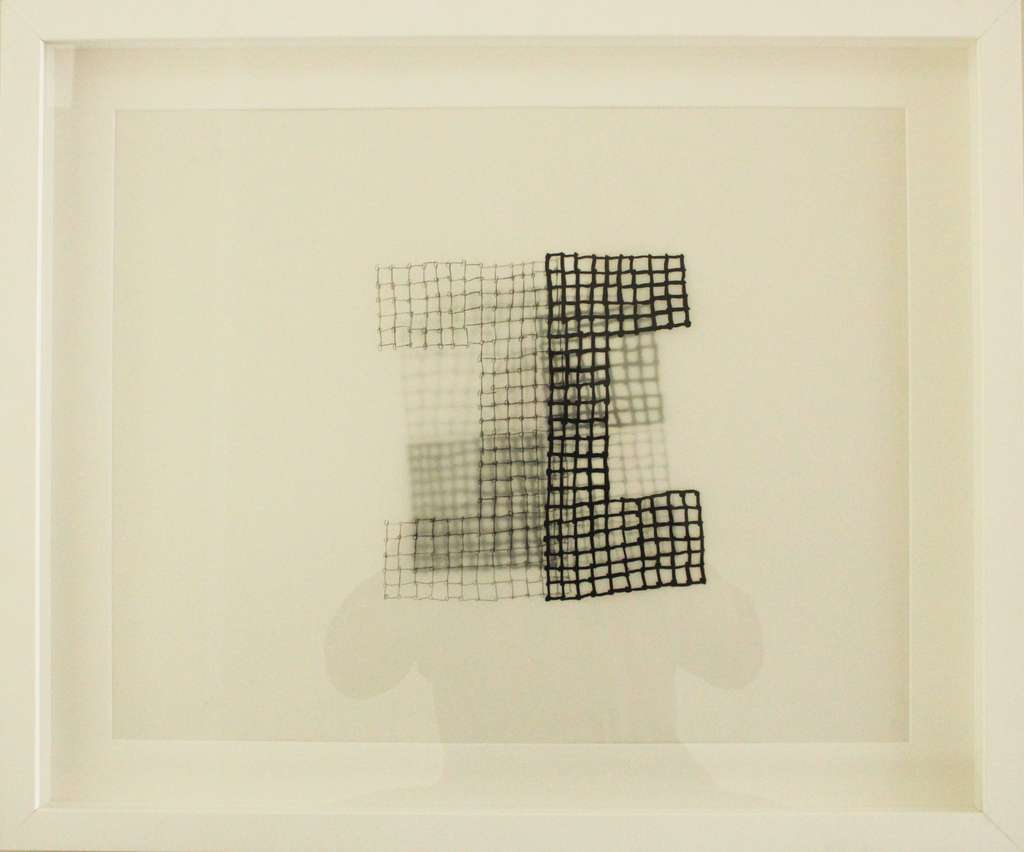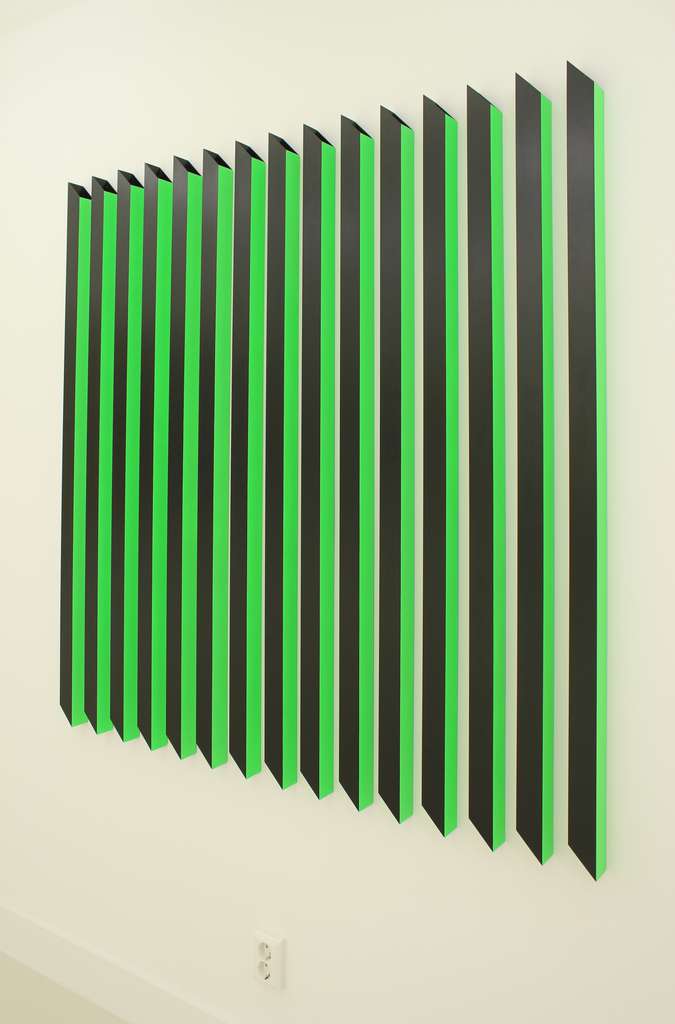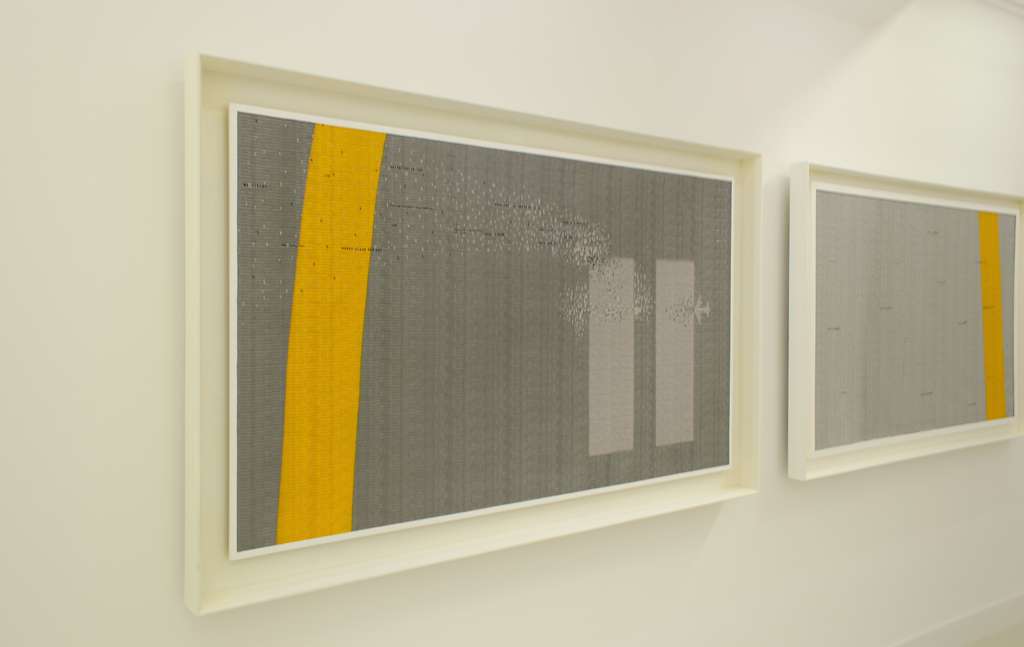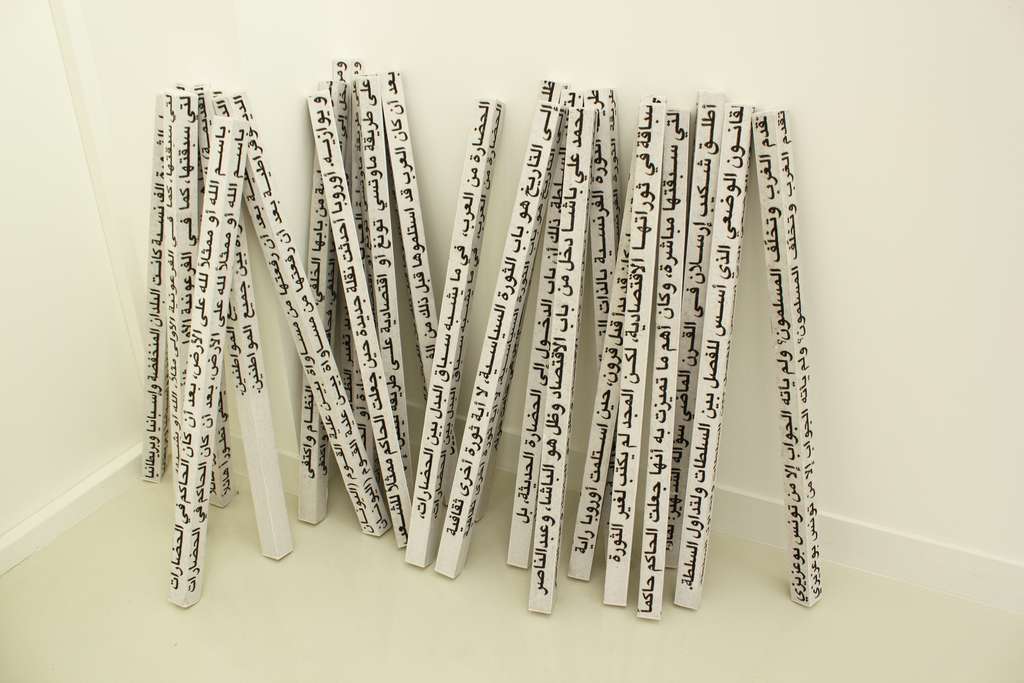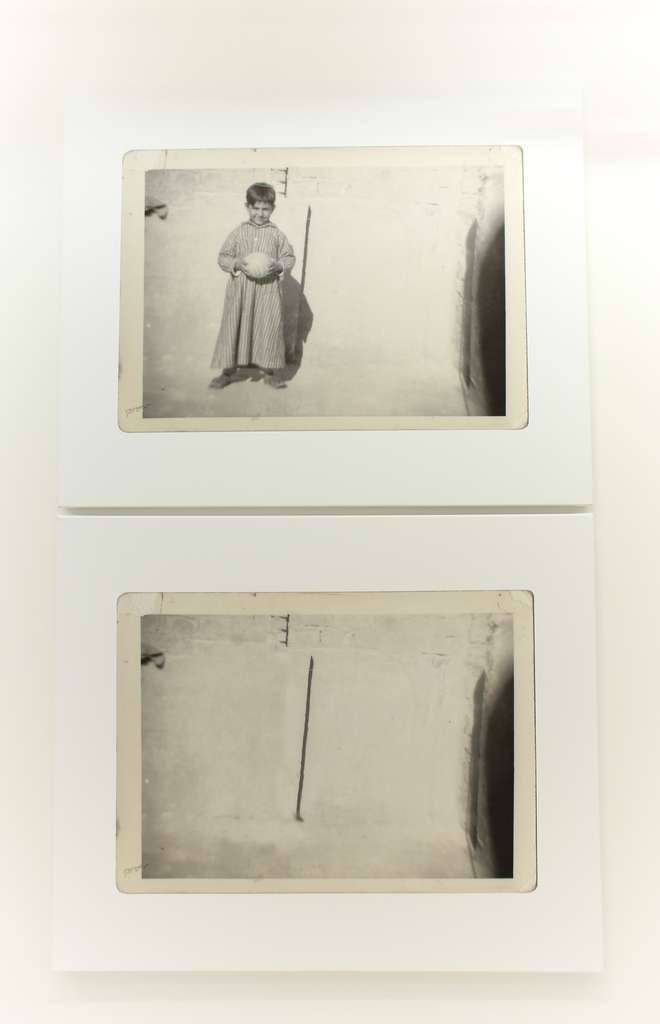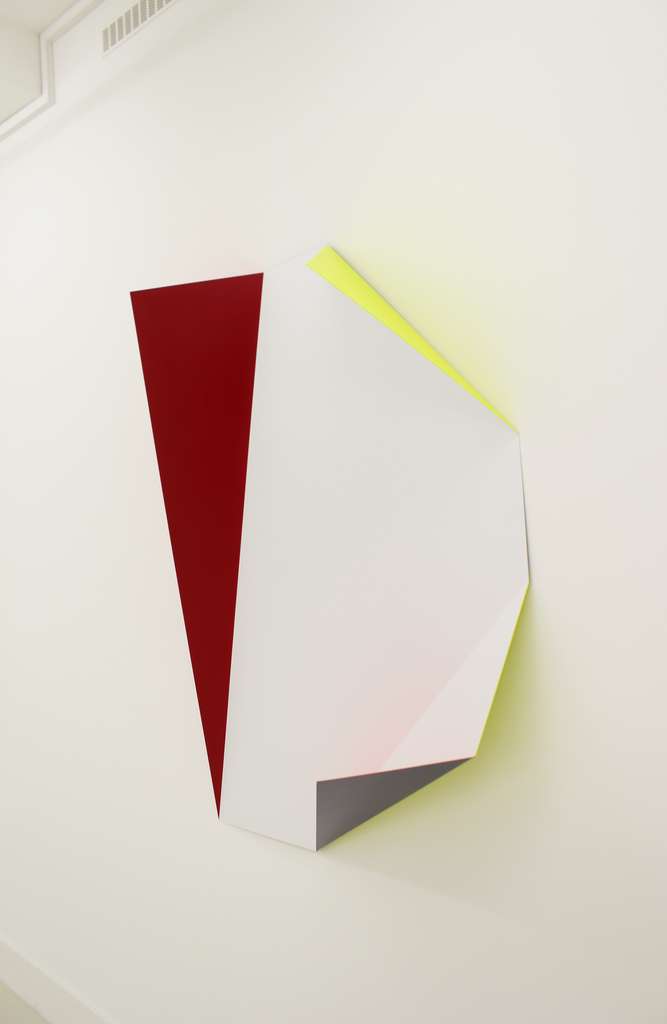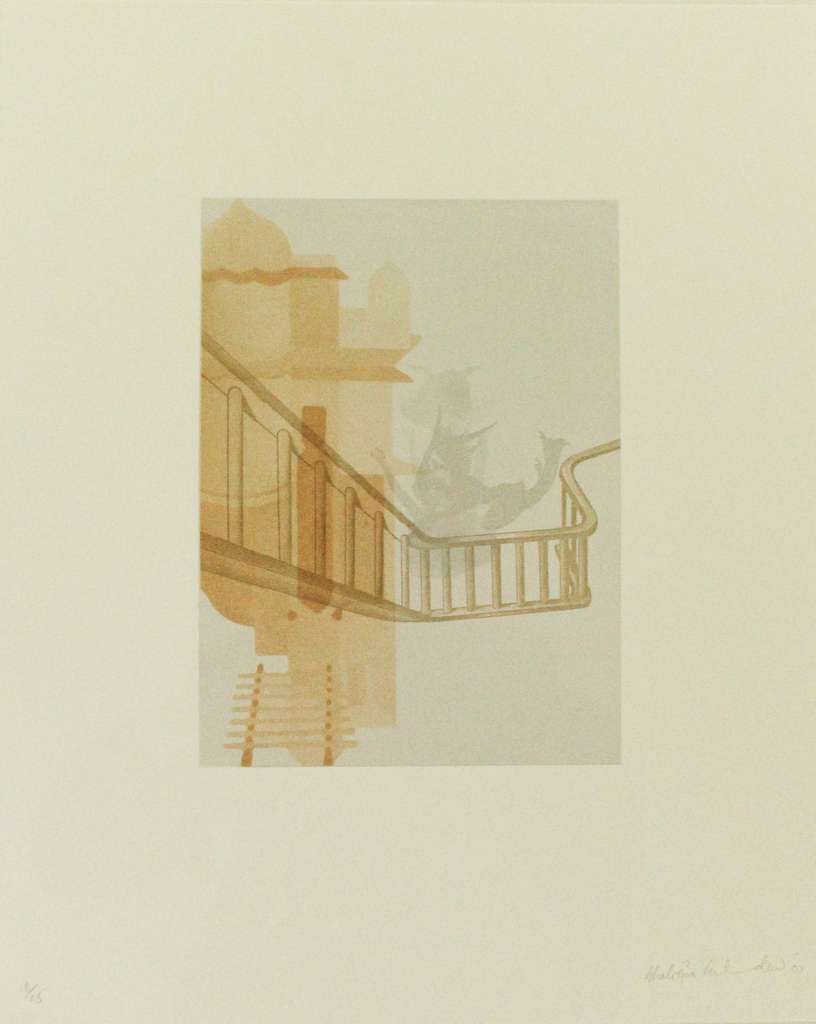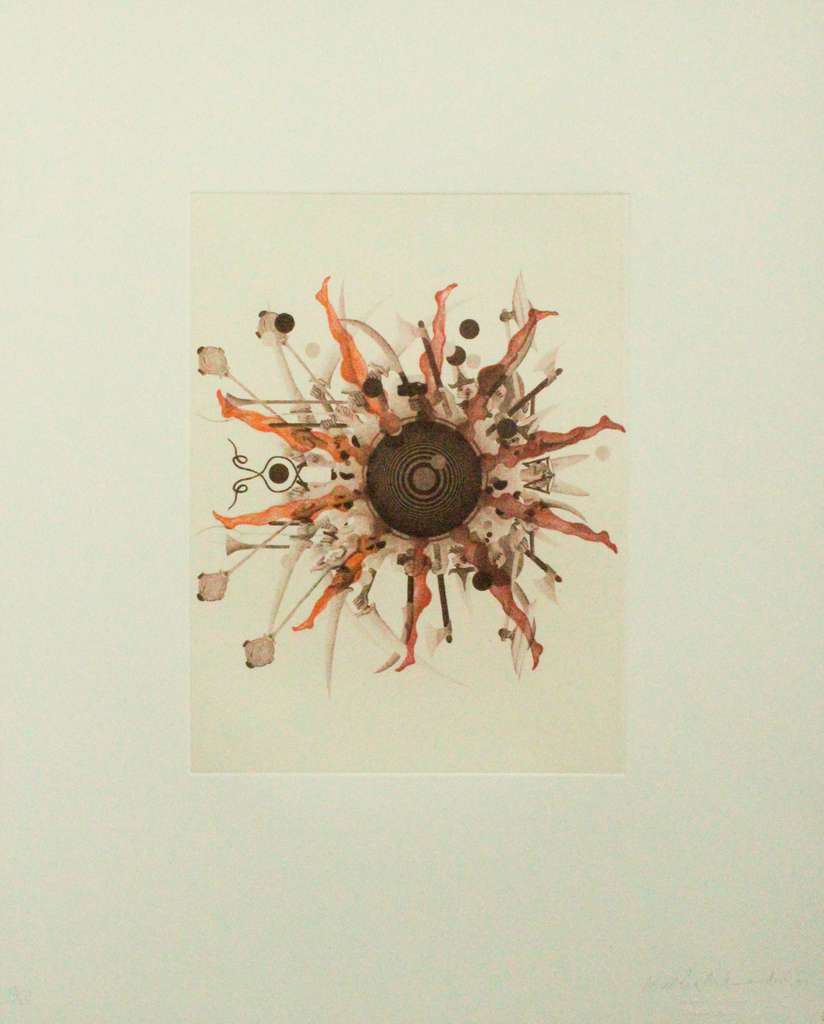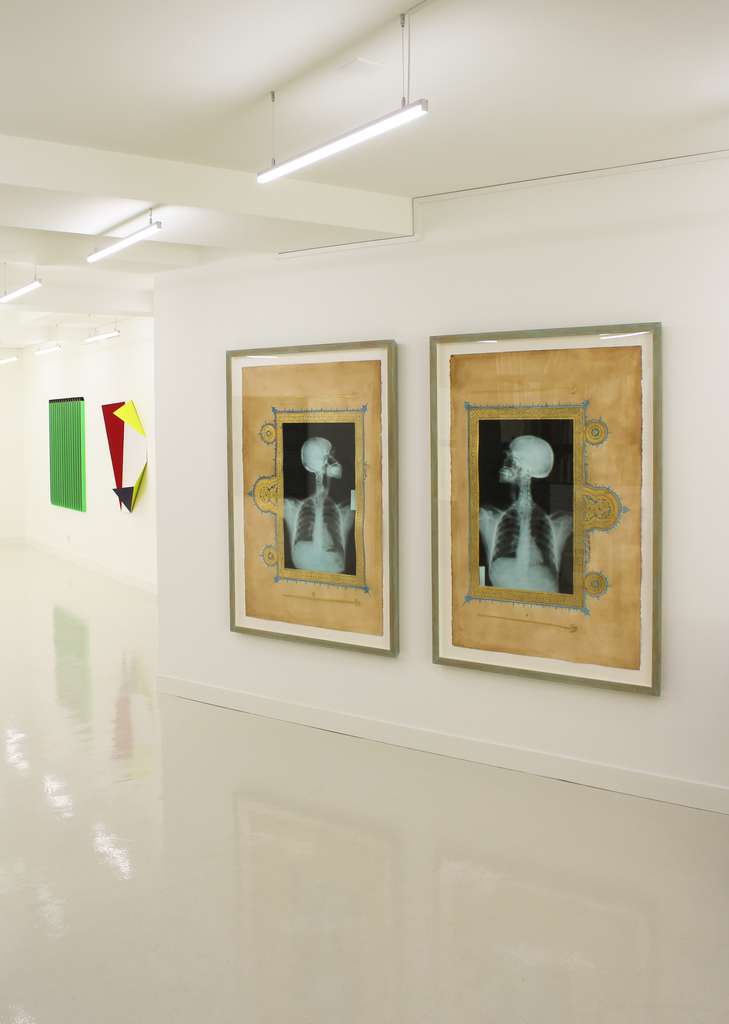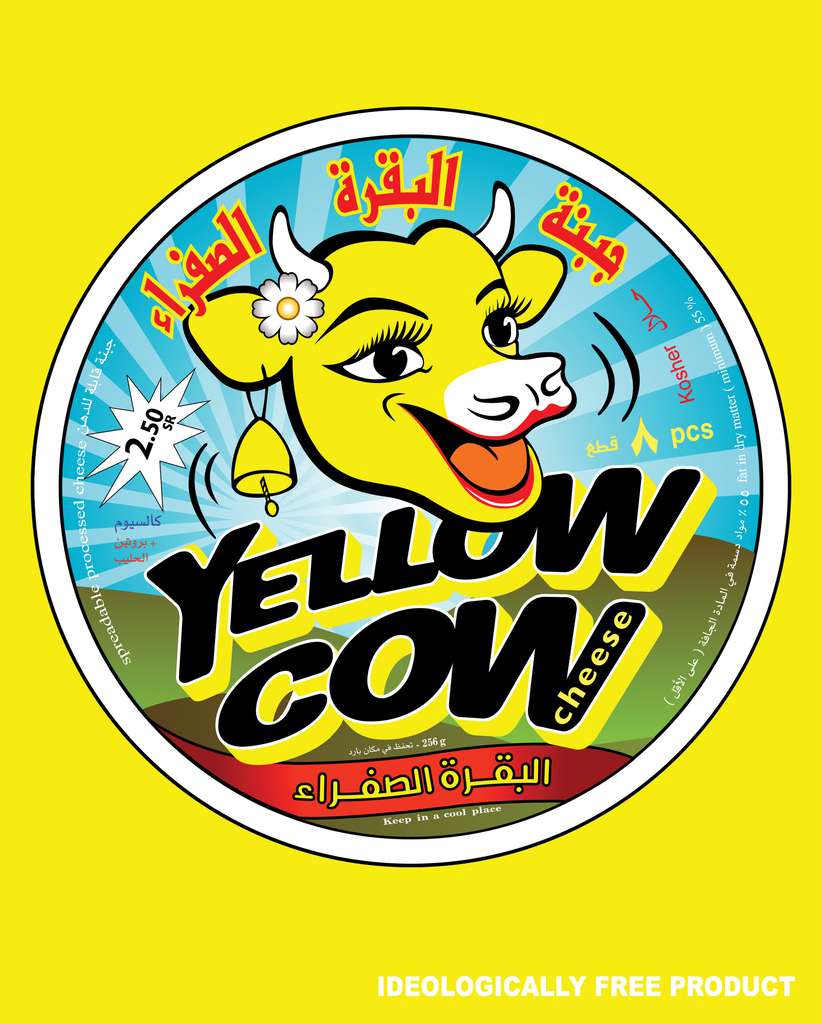The New Middle East
Rana Begum, Abdulnasser Gharem, Susan Hefuna, Nedim Kufi, Ahmed Mater, Shahzia Sikander
The wave of popular uprisings throughout the Arab world has revealed a new Middle East – young, dynamic, secular, pragmatic and creative – which few people in the West know about. It did not however appear out of nowhere: as this exhibition shows, contemporary Middle Eastern culture has been developing very quickly over these last few years.
For a long time ‘contemporary art from the Middle East’ was considered a misnomer, because modern art was seen as intrinsically Western. But artists from the Middle East and beyond have successfully appropriated and further developed the universal contemporary art idiom by enriching it with local themes and their own hybrid visual language. The increasing presence of art from the Middle East in biennials, art fairs and in leading Western museums bears witness to a dynamic and creative art scene that is poised to also leave its mark on the Dutch scene.
The New Middle East will show the work of six established artists from the wider Middle East. Each of them explores unique positions with regard to contemporary Arab culture. Far from the stereotypes of war, Islamic fundamentalism, female oppression and tribal pride, their works reveal how places such as Cairo, Dubai or Saudi Arabia are entering the 21st century.
This is the first major Middle Eastern contemporary art exhibition in the Netherlands. It will introduce Dutch collectors to thriving art scenes that stretch from Saudi Arabia to California and from London to Cairo.
The show is curated by Robert Kluijver, specialist in contemporary art from the Middle East, where he grew up and later lived and worked many years. Over the past years he has organized several large-scale overviews in the Netherlands of contemporary Middle Eastern art and written the book ‘Borders’.
Artists
Susan Hefuna (1962) grew up and works in both Germany and Egypt. Her sculpture, photographs and drawings explore the concept of the woman behind the mashrabiyya – the sculpted latticed woodwork over windows, that shields the women in the house from the street. She has created a vital and unique body of work around themes of dissimulation, representation and patterns. Her work has been shown in many solo and group exhibitions throughout the world, including the 2009 Venice Biennial. Her art has been acquired by the British Museum, the V&A and other museums and foundations in the USA, Europe and the Gulf countries.
Abdulnasser Gharem (1973) is an army officer who lives and works in his Southern Saudi Arabian home town, Khamis Mushait. He has developed a unique technique of ‘stamp painting’ but has also explored other media such as performance, photography and video. His work critiques the representation of the Arab in the post-9/11 world. It has been shown in London, Venice, Istanbul, Berlin and Dubai among others. Recently one of his works was sold by Christie’s at ten times its pre-sale estimate, fetching 842.000$, establishing a record for Saudi Arabian art. Together with Ahmed Mater (below) he is one of the initiators of the traveling Edge of Arabia exhibition of contemporary Saudi art.
Ahmed Mater (1979) is a medical doctor based in the Saudi Arabian town of Abha. He started painting and experimenting with medical imagery in art at the turn of the new millennium. His work gained quick international recognition, being acquired by the British Museum among others. He explores the boundaries of representation in or of the Islam in a variety of media including mixed media on paper, installations, performances and photography. His work and that of Abdulnasser Gharem (above) can be seen at the Amsterdam-based Greenbox museum of contemporary Saudi art.
Shahzia Sikandar(1969) studied miniature painting in Lahore before moving to New York. She has become one of the main proponents of the successful Pakistani contemporary miniature painting, blending traditional techniques and precision with modern subjective and often polemical content. Her work has received critical acclaim since the 1990s throughout the world; she is now one of the star artists of Pilar Corrias in London.
Rana Begum (Bangladesh, 1977) draws the inspiration for her three-dimensional wall pieces from the pure abstraction of Islamic art, through which she tries to organize her experience of the urban universe. With the most simple play of patterns, light and colors she produces geometric harmony. She has had solo exhibitions in London and Dubai and has participated in group shows from Tokyo to Miami.
Nedim Kufi was born in Baghdad in 1962; he now lives and works in the Netherlands. Kufi graduated in printmaking from Iraq, and then continued to study graphic design and multimedia in the Netherlands and has since then, been caught between the East and the West. His work, poetical, nostalgic and at once conceptual, is highly appreciated in the Middle East, where he is experiencing a breakthrough, having been awarded the Emirates Foundation art prize (2011); in the Netherlands however his work is little known.
